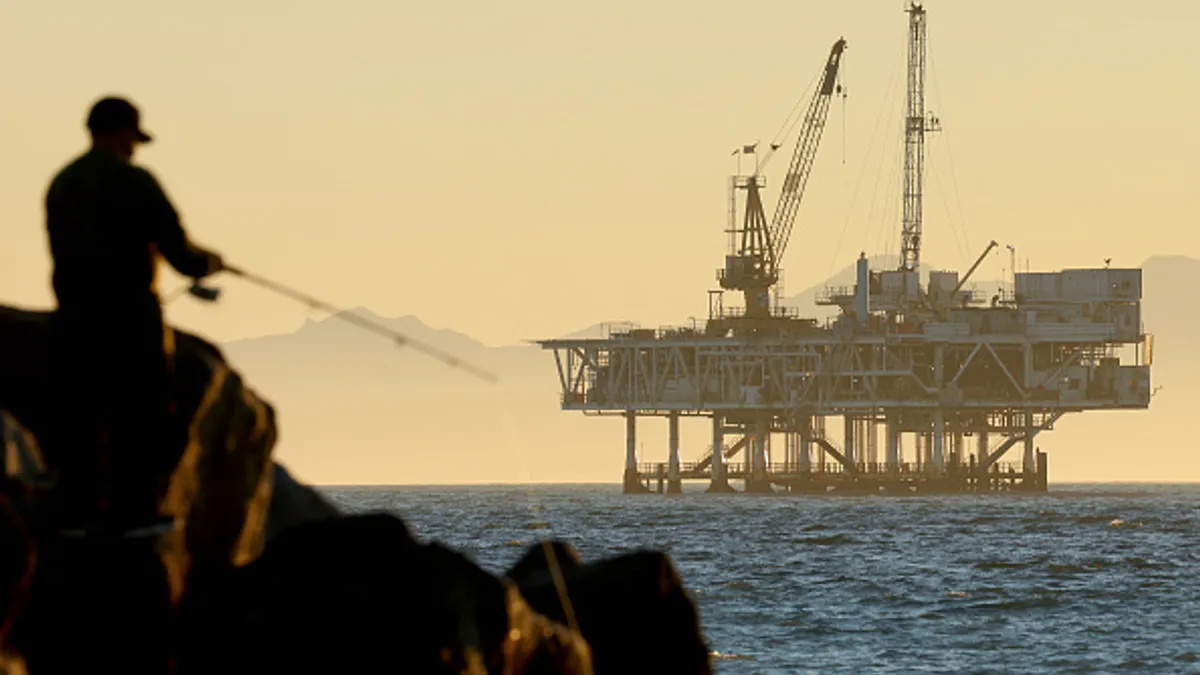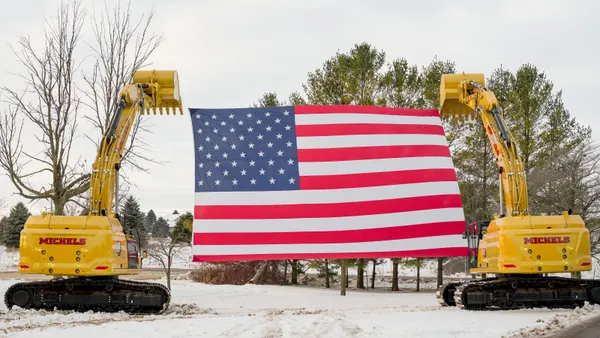Dive Brief:
- President Joe Biden announced an executive action Monday that protects more than 625 million acres of U.S. coastline areas from future offshore drilling.
- The move to ban new offshore oil and gas leasing in most U.S. coastal waters includes the entire East Coast, the eastern Gulf of Mexico, the Pacific Ocean off the coasts of Washington, Oregon and California and additional portions of the North Bering Sea in Alaska.
- Biden said the move is part of his push for healthy oceans and clean energy. "As the climate crisis continues to threaten communities across the country and we are transitioning to a clean energy economy, now is the time to protect these coasts for our children and grandchildren," he said in the release.
Dive Insight:
President-elect Donald Trump, who has promised to boost domestic fossil fuel production, said he would undo the decision, according to The Washington Post.
“I’ll unban it immediately,” Trump told conservative radio host Hugh Hewitt on Monday.
However, that will be hard to do, according to the New York Times. Biden invoked the 1953 Outer Continental Shelf Lands Act, which gives presidents broad authority to withdraw federal waters from future oil and gas leasing and development. To reverse the ban, Trump would first have to get Congress to change the law.
The immediate impact of Biden’s ban is minimal: It covers areas where there has been little oil and gas exploration, or areas that are already protected, according to The New York Times. In fact, Trump himself imposed a 10-year moratorium on drilling along the Atlantic coast from North Carolina to Florida when he was courting voters in those states in 2020.
Biden’s executive order would not stop new drilling in the central and western areas of the Gulf of Mexico, which produce nearly 15% of the nation’s oil and account for about 97% of its offshore gas production. Meanwhile, the eastern Gulf of Mexico, included in the new protections, has been under some form of drilling moratorium since 2006.















